What Do Consumers Want From You?
What began as a necessity is now America’s second most popular hobby gardening. According to the National Gardening Association’s (NGA) 2002 study, 85 million households have a green thumb, and as baby boomers age, the hobby is just getting bigger. As we continue to tend our lawns and grow our vegetables and flowers, we will also continue to change the methods of gardening. That’s good news if you’re a part of the green industry. And if you’ve been in the business for decades, as most of us have, you’ve watched the trends ebb and flow.
A Few Considerations
The hobby has grown to include everything from grass seed to Koi fish and wheelbarrows to high-tech gadgets. The NGA reports that each gardening household spent an average of $466 last year, and there has been a steady increase of 4 percent per year over the last five years.
Boomers’ lifestyles are shaping gardening trends just as they have influenced virtually every other industry. Known for their selective tastes, this age group has more expensive homes, and their landscapes reflect that same quality and investment. Today’s consumers view gardening as an investment. A house with landscaping can add considerable value to its equity.
But landscaping has to be different and useful. No more cookie-cutter landscape designs or impractical solutions. Unique plant varieties are in demand, and plant selections need to address function as well as form. For instance, the right landscaping can reduce air conditioning costs by shading windows and walls, and trees can reduce noise and temperature.
While these things are important, don’t forget lifestyles! Flowerbeds with perennials and annuals interspersed for fresh-cut bouquets, herb gardens for the gourmet cook and ornamental shrubs and trees to extend color for year-round enjoyment. Folks are looking to make a statement with their landscaping choices.
As our fascination with electronic gadgets continues to grow, gardening will become ultra-modern. The continuing concern for the environment and the sheer nature of the hobby will keep it from becoming too futuristic, but Mother Nature will definitely benefit from technology with state-of-the-art lighting and irrigation options that will hopefully help conserve our natural resources.
Today’s Gardeners
According to one proprietary market survey conducted by a national lawn and garden supplier, consumers are spending more on organic gardening. It’s been a slow-growing category, but just as in the grocery business, organics is exploding. Organically based products enriched with natural ingredients such as bone meal and poultry by-products are gaining popularity. Today’s pesticides have less residual activity, and weed controls are utilized upon application to prevent accumulation.
How about all that garden waste grass clippings, perennial cuttings, debris prunings and leaves? Gardeners will continue to lead the recycling trend with compost piles. Additionally, food leftovers, such as coffee grounds and banana peels, will go back to the ground from whence they came. Today’s gardener is much more sophisticated than twenty years ago. And while still a minority, sophisticated gardeners now account for as much Á as 40 percent of the gardening market closing the gap on the novice gardener. This is indicative of a growing, maturing hobby. As this sophistication grows, people learn more, their tastes improve and they become confident to try more complex gardening techniques such as dry gardening where irrigation is not permitted or low-maintenance gardening because of busy lives.
According to American Demo-graphics, 29 percent of the people in a recent survey garden because they like being outdoors; 27 percent enjoy being around beautiful things; 24 percent like relaxing and escaping the pressures of everyday life; and 20 percent enjoy staying active and getting exercise. Gardening burns 300 calories an hour!
Recent Research Revelations
This information is a culmination from a variety of sources that have tracked gardening trends over the last three years. These fellow gardening enthusiasts include the Garden Writers Association of America, Penn State Master Gardeners, and the NGA and their annual publication, The National Gardening Survey. Here are some of their collective findings on the trends in each indicated category.
All natural. Gardeners have a renewed interest in using native plants because they require fewer pesticides and are more drought tolerant.
Birds, butterflies and critters. Butterfly bushes continue to make a show almost as beautifully as their winged guests. Berry bushes offer our feathered friends a snack when old man winter comes calling (See page 16 for more on birds and winter.), and dense shrubbery provides cover for small animals.
Books. “How to” books are a growing market. Books that inspire and teach planning are very popular.
Bloom, bloom, bloom. Three seasons just aren’t enough. Folks want attractive plants all year long. Ornamental grasses, berry plants and shrubs, trees with interesting bark and seed heads add dimension to the landscape and help feed birds.
Color. Look at this year’s plants and roses. Primary colors are in. Spring and fall bulbs, summer-long perennials, fall foliage, and winter berries and bark, coupled with boldly painted trellises, houses and furniture, are what people want. Á Outdoor furniture cushion fabrics are bolder, too, and reflect the home’s interior. The garden is like another room.
Containers. You know the saying “keep it long enough and it’ll come back in style.” This is true with container gardening, but instead of one plant per pot, gardeners are using several varieties of contrasting textures and complementary colors grouped dramatically in a single container. Tropical plants are especially popular in this gardening genre. A related trend is culinary pots: salad greens, teas and herbs. And no more boring pots exciting containers are in! Discriminating tastes require antique stone finishes and glazes.
Dirt is dirt. Pre-formulated mixes that are ready to use save time and take the guesswork out of growing healthy plants are popular. And, no digging required.
Give the gift of gardening. Although not new, gardening gifts remain a popular trend. Wind chimes, birdhouses, bird feeders and garden stakes sell abundantly. Products that make gardening easier are a hit especially among older gardeners such as kneepads, equipment on casters and ergonomically designed tools. In a society of instant gratification, gifts for gardeners are so popular because the item can be purchased and placed instantly.
Grandma’s garden. We’ve all become a little more nostalgic these days. Heirloom plants such as antique roses, hydrangeas and wisteria grace gardens and entryways. These varieties are usually hardy, full of color and smell like home.
Keep it simple. One of the main reasons people don’t garden more is lack of time. People are simplifying, downsizing and driving unnecessary tasks from their lives while embracing all that Mother Earth has to offer.
Living outside. The outside has become another room in the house. Trellises or tree canopies become ceilings, arbors and shrubs serve as walls, and ground covers provide carpeting.
Outdoor living furnishings. Organics aren’t the only place to conserve and be ecologically responsible. Garden furniture manufactured from second-generation wood and scrap as well as recycled plastics are very popular among consumers.
Tools and implements. Baby boomers love ergonomic features. Because half of our gardening population is female, consumers prefer tools that are lightweight and have shock absorbing handles. In addition, they love cordless products that are easy to maneuver.
Water gardening. Although this category isn’t new, it has grown to include decks and patios. Most water gardeners are self-taught, buying and reading every water gardening book they can get their hands on. Research shows that they are looking for information on pond maintenance as well as creative ideas on how to turn an eyesore into an appealing backyard sanctuary.
Industry Influencers
Here in the United States, we spent $39.6 billion on our lawns and gardens in 2002, according to the NGA. And the industry is growing from the $26.6 billion we spent in 1997. Many factors influence our lawn and garden industry.
Lifestyle choices. Cocooning, for instance, the tendency to retreat from life and avoid daily pressures in the sanctity of the home, brings people to their gardens to enjoy nature.
Economic circumstances. Because interest rates are at an all-time low, home equity loans are attractive to the 119 million homeowners whose homes average 30 years in age, according to the U.S. Census. Home improvement is an affordable expenditure, and unlike vacations and exotic trips, there’s something to show for the money spent.
Urban reinvestment. There’s a renewed emphasis on urban reinvestment. So, remodeling is prevalent. Putting trees, plants and vegetation back into our cities has become a part of building codes and municipal regulations.
Age. America is definitely an aging society. Seniors prefer to stay at home and work in their gardens. It’s a source of pride and accomplishment a growing segment in the next 10 years for the garden industry. According to the U.S. Census, nine states account for over half of all seniors (60+): California, Florida, Texas, Pennsylvania, Ohio, Illinois, Michigan and New Jersey.
While these are the trends that shape our industry, there’s one thing that remains constant: The lawn and garden industry is an image business. Its brand is comprised of tangible products products that you can see, feel, smell and taste but the uses are intangible. They heal the soul, feed the mind and bring us back to basics. Not too many folks can say they work in an industry like that.


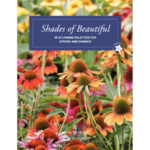


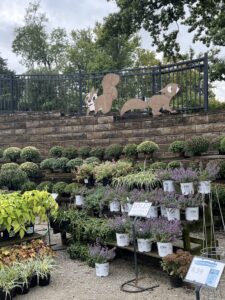
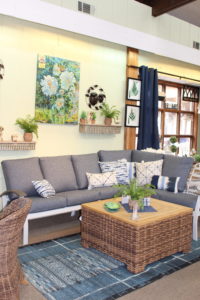
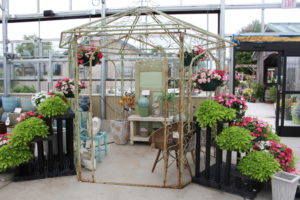
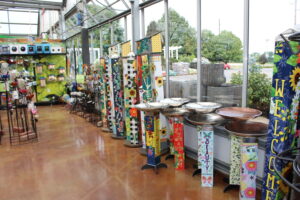
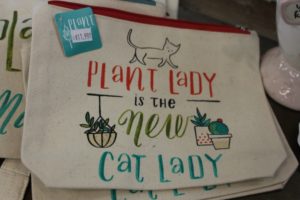

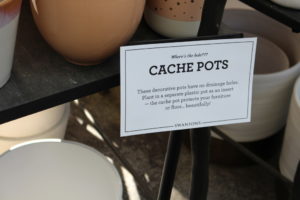
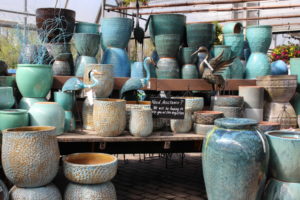
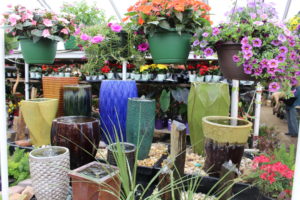
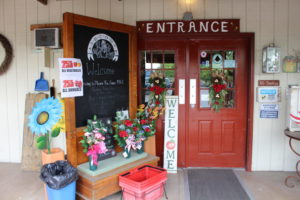
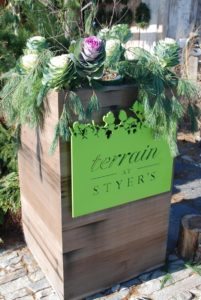
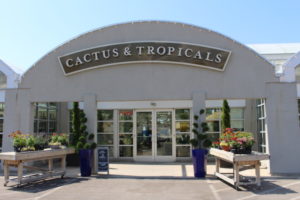
 Videos
Videos





